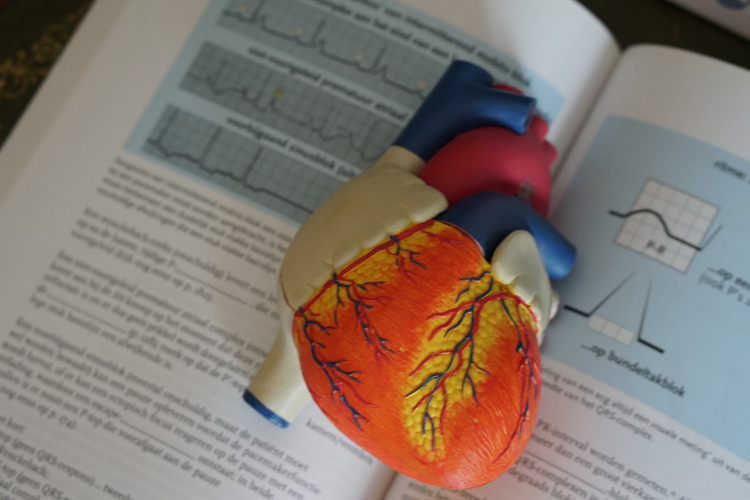The second significant advancement in pig-human heart xenotransplantation this year occurred with the successful implantation of two genetically altered pig hearts into humans.
"It was one of the most incredible things, to see a pig heart pounding away and beating inside a human chest," Dr. Robert Montgomery said during a news conference on Tuesday. Dr. Montgomery is the head of NYU Langone Transplant Institute, where the transplantations were performed.
Midway through June, one of the transplantations was performed, and the other was finished on July 6.
There's a catch, though. The two transplant recipients had already passed away from brain death, but their hearts were kept beating so they could receive the pig organs. Before pig-to-human transplant treatments became commonplace, dependable choices for patients on lengthy waiting lists for hearts, kidneys, and other essential organs, will probably take years.
"There will be an iterative process of learning, changing tactics," said Montgomery, who is a heart transplant recipient himself.
Nevertheless, the physician is optimistic that pig organs will eventually develop into a "renewable, sustainable source of organs, so no one will have to die waiting."
In the next years, further human experiments may actually take place.
At the University of Maryland, the first known transplant of a human heart from a pig into a living patient was finished in January. The recipient of that transplant was a 57-year-old man with a fatal heart condition.
"It was either die or do this transplant," the patient, David Bennett Sr, said a day before his surgery. "I know it's a shot in the dark, but it's my last choice."
Two months later, Bennett's replacement pig heart stopped working. The surgeon who performed that treatment told The New York Times that although the DNA of a pig virus was later found in the heart, there was no indication of an active infection.
"We don't really know why that heart failed and why he died," Montgomery said. He contends that this is the reason more study on deceased donors is necessary before continuing with more live xenotransplantation experiments.
"This is a huge, huge step in the right direction," Dr. Chris Colbert remarked, an ER doctor from Chicago, who was not involved in the research. "It's not just an organ, but an organ match."
Because they were created with 10 genetic alterations, the two pig hearts that were transplanted at NYU this summer were able to function for at least 72 hours inside human bodies. Six of the gene changes were human transgenes created to improve compatibility between human and pig components, while four were porcine gene edits to prevent transplant rejection and aberrant growth.





